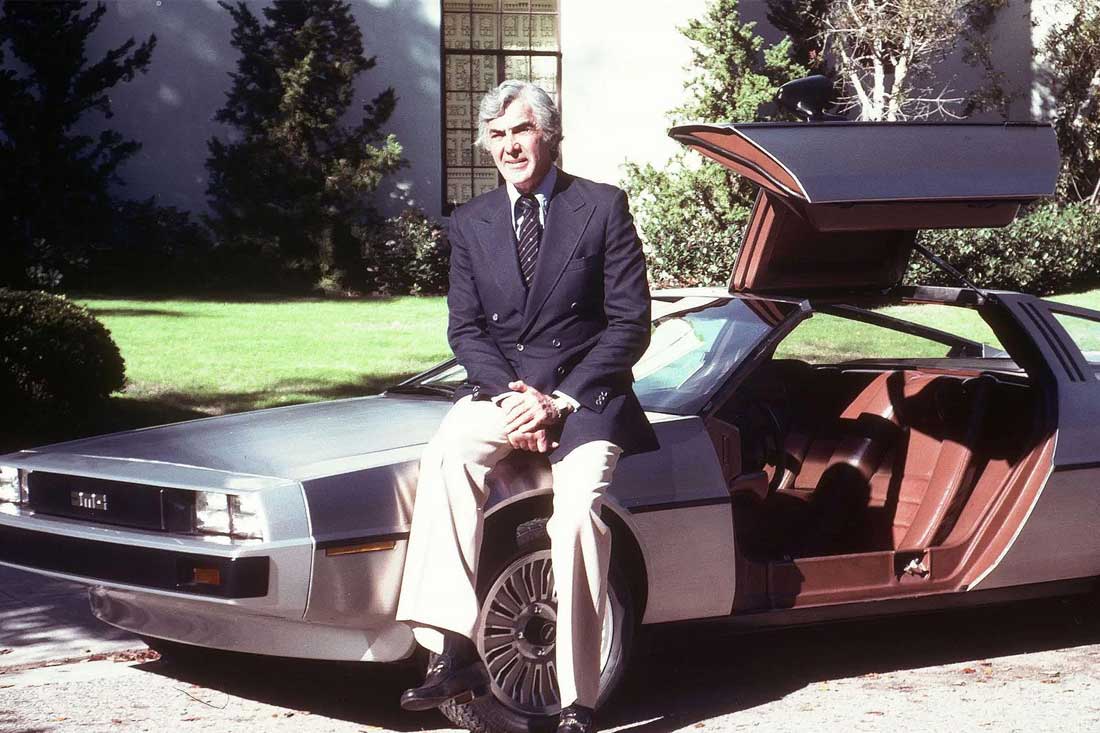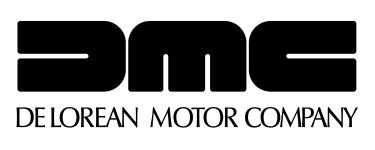DeLorean shop steels itself against time

May 22, 2005 | CHICAGO TRIBUNE | by Steven Kurutz, New York Times News Service
DELOREAN LAWYERS SEEK A GRAND JURY TRANSCRIPT

By JUDITH CUMMINGS | June 8, 1984 | New York Times from http://www.nytimes.com/1984/06/08/us/delorean-lawyers-seek-a-grand-jury-transcript.html
Receivership Declared at DeLorean

February 20, 1982 | by STEVEN RATTNER, Special to the New York Times www.nytimes.com/1982/02/20/business/receivership-declared-at-delorean.html LONDON, Feb. 19— John Z. DeLorean, the flamboyant American entrepreneur, in a move that amounted to a declaration of bankruptcy, called in receivers today for his Belfast auto maker in a last-ditch effort to keep a slimmed-down version of the company operating. In the face of a weak car market -the $25,000 stainless-steel two-seat sports car is sold exclusively in the United States – and what it viewed as overambitious plans, the British Government, which has already invested $150 million in the project, refused to grant any more aid, ending Mr. DeLorean’s role in car production. Mr. DeLorean, an engineer who had been a rising star in the General American Motors lost $47.2 million in the fourth quarter and $136.6 million in 1981. Page 36. Motors executive suite until he stunned Detroit by quitting his $650,000 job in 1973, had tried to start the world’s first major new auto maker in decades in a strife-torn region of Northern Ireland, where the previous Labor Government had given generous assistance in the hope of providing jobs in an area of 20 percent unemployment and resuscitating the economy. Today’s development threw into doubt the fate of that effort. Not since the Chrysler Corporation was begun in 1920 has a major new American car maker met long-term success. Nevertheless, when he began producing his low-slung, high-performance, safety-oriented car last spring, Mr. DeLorean predicted that the DeLorean would revolutionize the industry. But after an encouraging start, sales slumped badly, and only half the 7,500 cars shipped to America have been sold, even discounted. Nevertheless, Mr. DeLorean said at Claridges Hotel, shortly before departing for New York by Concorde: ”I am delighted at the outcome.” (”We came out largely unscathed,” Mr. DeLorean said in an interview late Friday in New York. ”The Government has the problem, and we have the fun end of the business.” He said that the American parent company, the DeLorean Motor Company, was not affected by the agreement restructuring DeLorean Motor Cars Ltd. Mr. DeLorean, who owns about 80 percent of the shares, said that the American company, which controls the sale and licenses the manufacturing of the cars, would also be relieved of a $70 million obligation to guarantee notes used to build the plant if he put up $5 million, which, he said, he planned to do by next week.) Today, the two receivers, from the firm of W.H. Cork, Gully & Company, estimated that they would have to put together financing of between $75 million and $95 million in the next five weeks, to keep the plant operating. The goal is to sell 8,000 cars a year, instead of the 20,000 envisioned by the 56-year-old Mr. DeLorean. Charges of Mistakes In denying further assistance, James Prior, who as Northern Ireland Secretary effectively governs the troubled province, said bluntly that ”very considerable management and marketing mistakes have been made over the estimate of sales.” ”The time had come when the Government just had to say no,” Mr. Prior, a Conservative, told the House of Commons this morning. ”I do not think there would have been any credibility left in a whole range of matters in which one is seeking to try to help in Northern Ireland if we had taken any other course,” he said. Sir Kenneth Cork, who was joined as receiver by Paul Shewell, said that a number of expressions of interest had been received from businessmen hoping for ”a clean new company not loaded with an overweight debt.” ”There was a dichotomy of management,” Sir Kenneth said. ”I think it was too extravagant a setup for the size of the business.” But he added: ”The receivers believe that there is a market for these motorcars, and it would be a great pity if the skills which have been learned in Belfast were lost.” He said that he would apply to the Government for a short-term working grant. Lien to Government The receivership means that the British Government has effectively written off its investment. However, as the principal creditor, the Government would have a lien on the assets that could be sold or leased to the operating company. Until a rescuer comes forward or the receivers give up, the plant will continue at its current reduced level of output, and the 1,500 remaining jobs will be temporarily preserved. Even before the collapse in sales, Mr. DeLorean had been seeking further British Government aid to develop a second, larger model automobile. The Government had come under considerable pressure not to grant the request because of disclosures that DeLorean Motor Cars Ltd., had just $1 million of private investment, none of it from Mr. DeLorean. In Belfast today, the reaction was almost relief among a work force that had been expecting a complete shutdown. ”It is an encouraging sign at least for the company that Sir Kenneth has given a commitment to maintain it,” said George Clarke, the Transport Workers Union shop steward. —- Statement by DeLorean Mr. DeLorean said in a news conference at the company’s New York headquarters yesterday, that the decision gave the auto maker ”a new foundation” and that it was now ”in significantly better financial shape.” He said he did not intended to sell the company but to get money from American investors to help the company in Belfast. He called ”the continuity of production, sales and service for the DeLorean car” insured.


